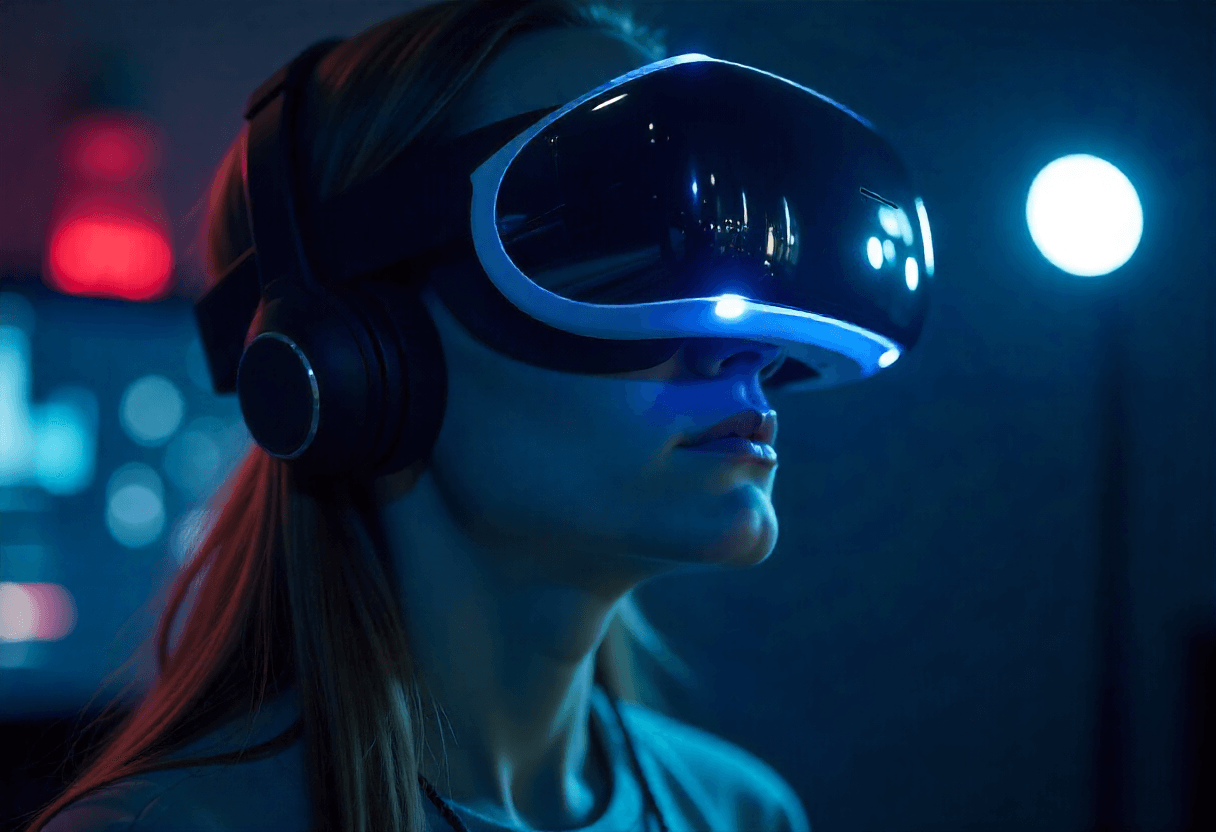Micro OLED Display Issues You Can’t Ignore in AR & VR Devices

AR and VR devices rely heavily on visual performance, and the micro OLED display plays a vital role in delivering high resolution and clarity. While these displays are known for their sharpness, compact size, and efficiency, they also face specific problems that users and manufacturers cannot overlook. If ignored, these issues may affect comfort, battery life, and the overall immersive experience.
In this article, I will highlight the most common micro OLED display problems, their impact on real-world applications, and practical insights into how they can be managed effectively.
High Power Consumption Challenges
One of the major drawbacks of micro OLED technology is power usage. Although more efficient than traditional OLED, these displays still require significant energy when producing high brightness for AR glasses and VR headsets. Excessive consumption not only reduces device runtime but also generates heat, which can affect user comfort.
Tip: Advanced low-power drivers and better display optimization techniques are essential to extend battery life.
Brightness and Outdoor Visibility
Micro OLED displays deliver stunning contrast and color depth indoors, but brightness becomes a challenge outdoors. Sunlight readability is often poor, making them less effective for augmented reality applications used in open environments.
Manufacturers are experimenting with hybrid display modules and optical coatings to enhance outdoor visibility. However, this remains a key pain point in real-world use.
Limited Lifespan and Burn-in Risks
Like standard OLED, micro OLED displays are also prone to burn-in. Prolonged display of static images may cause permanent marks, reducing visual quality over time. This is a serious issue for AR devices where icons or interface elements remain fixed in the user’s field of view.
Solution: Dynamic pixel-shifting techniques and better display management systems can help minimize burn-in effects.
Production Costs and Scalability Issues
While micro OLEDs are compact and high performing, their production costs are significantly higher compared to other display technologies. This makes large-scale adoption in consumer devices slower and limits affordability.
Companies are investing in new manufacturing processes to improve yield rates and reduce expenses, but cost remains a barrier for mass-market availability.
Eye Strain and Comfort Concerns
Extended use of VR and AR devices with micro OLED displays can sometimes cause eye fatigue. This happens due to ultra-sharp pixel density combined with small screen size positioned close to the eyes.
Developers are working on better optics and ergonomic designs to reduce eye strain, ensuring long-term comfort for professional and gaming users.
Conclusion
Micro OLED displays are a breakthrough in AR and VR, but they are not free from challenges. Issues like high power usage, limited brightness, burn-in risks, and production costs remain concerns for manufacturers and end users alike. Still, with continuous innovations in optical coatings, display drivers, and lens integration, these problems are being addressed step by step.
For businesses and professionals seeking advanced display solutions, exploring a micro OLED display offers unmatched potential in delivering compact, high-quality visuals despite the challenges.




